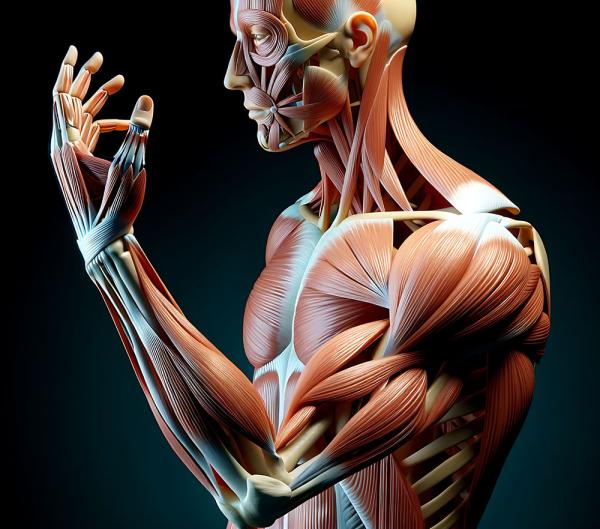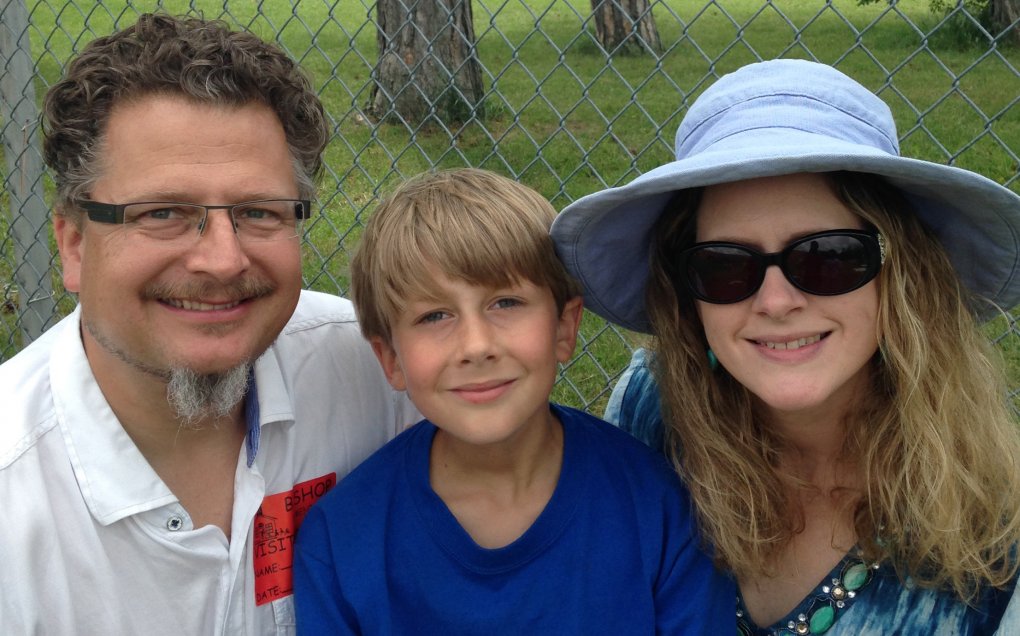Creating Building Blocks for Muscle Regeneration
IRP Study Points to Strategy to Speed Healing and Reduce Age-Related Atrophy
Whether due to exercise or injury, our muscles are constantly breaking down and regenerating. Just like construction workers need a hearty lunch to fuel their hammer swings and nails to hammer, our cells need both energy and specific materials to rebuild our bodies. New IRP research has produced important insights into how cells create the energy and building blocks needed to repair our muscles, pointing to potential avenues for helping people recover from muscular injuries or retain more muscle as they age.








